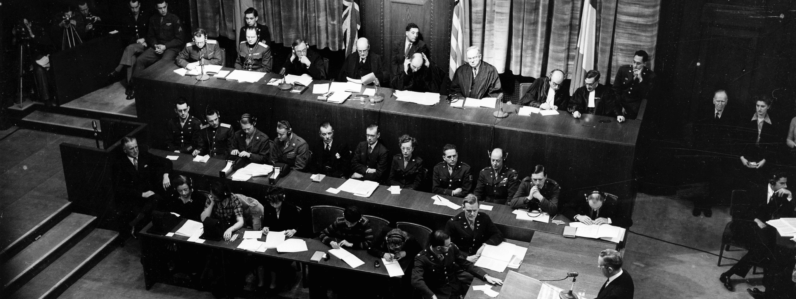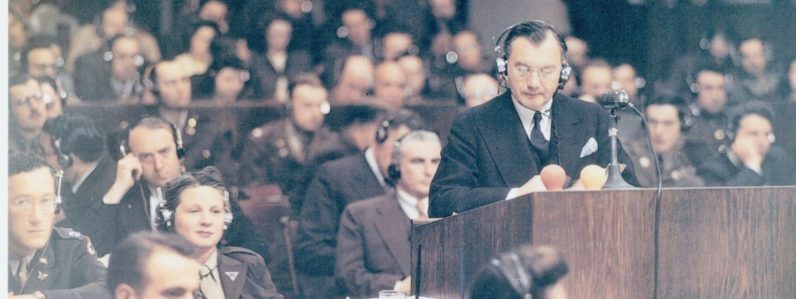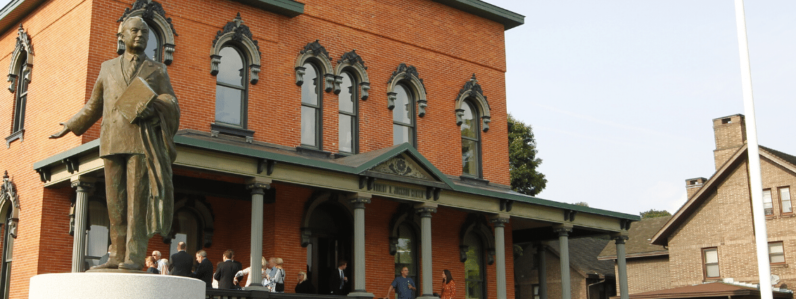On May 17, 1954, the Supreme Court of the United States decided in Brown v. Board of Education that state and federal laws segregating public school children by race were unconstitutional. In Brown, which actually is the name of just one of the five lower court decisions on school segregation that the Supreme Court reviewed 50 years ago, Chief Justice Earl Warren wrote for a Supreme Court that was unanimous. The Court in Brown explicitly rejected its own almost 60-year-old precedent approving “separate but equal” public institutions and facilities for persons of differing races. Brown is generally regarded as among the most, if not as itself the most, significant Supreme Court decision in United States history.
On April 28, 2004, the Robert H. Jackson Center in Jamestown, New York, assembled, for a group discussion, four former Supreme Court law clerks: John David Fassett, Earl E. Pollock, E. Barrett Prettyman, Jr. and Frank E.A. Sander.






